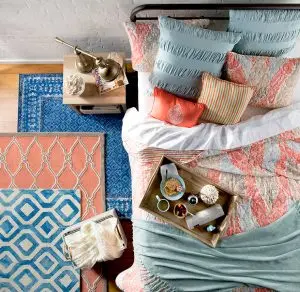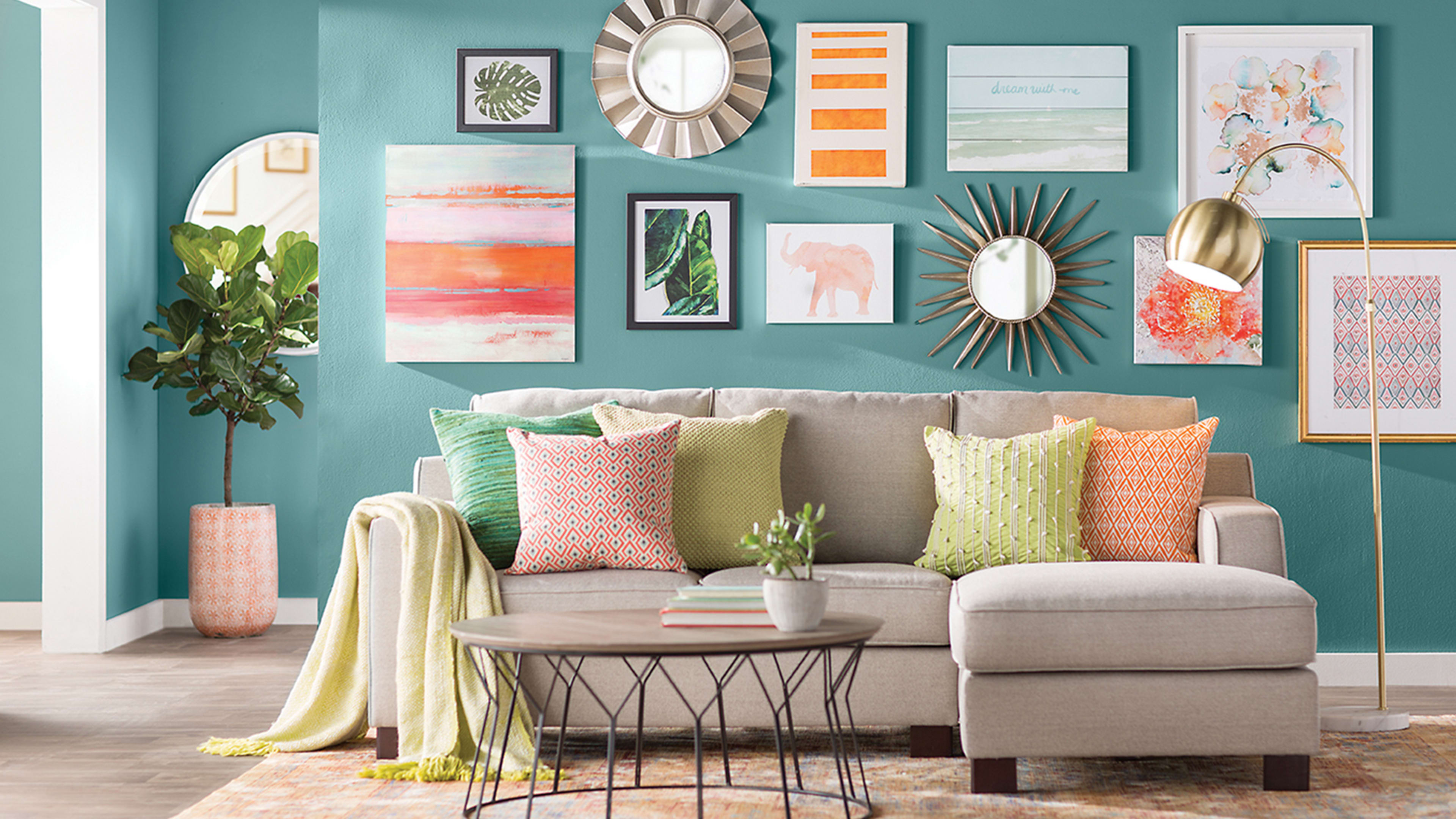Wayfair–the furniture site known for its limitless, often seemingly random assortment of home furnishings–is opening its first brick-and-mortar store in Natick, Massachusetts. The news follows a superb 2018 for the company, in which it sold $6.8 billion in furniture, with year-over-year revenues growing 40%.
Opening in early fall of 2019, Wayfair promises its store will be “a seamless, connected experience for shoppers,” hinting that the retail location will follow the approach of both Target and Nike, which have aimed to connect their apps, shoppers’ order histories, and even checkout into their smartphone-powered retail operations. But Wayfair’s focus seems to primarily be on service: The company’s consultants will be on hand to offer free advice on both interior design and home improvement projects. Some items will be available for pickup at the store, while others will have to be ordered online and delivered, as Wayfair works now.
Indeed, inventory could be the Wayfair store’s biggest challenge. Companies like Ikea have announced smaller-format stores intended for dense urban environments. The strategy is to bring a small taste of Ikea–and the option to plan big-budget projects like kitchens–to consumers, scratching an itch that an e-commerce site alone couldn’t.

Wayfair, by definition, doesn’t have an specific aesthetic or price range like Ikea’s budget Scandinavian furniture. It’s cheap and it’s expensive. It’s tasteful and tasteless. The appeal is that of a 14 million-item buffet that can offer up so many options, there will be something for everyone. Wayfair’s e-commerce strategy seems to be to exhaust the customer with scrolling, until their head collapses on the keyboard and places an order. In a good way!
That approach works splendidly online–see Alibaba or Amazon–but Wayfair tells me its store is a mere 3,700 square feet. That’s smaller than some McMansions. You could fit 21 Wayfair stores in a single CityTarget! Amazon has shrunk itself for brick and mortar, mostly by focusing each retail location on a specific product genre: It has a store just for books. It has a store just for grab-and-go snacking. And soon it will have a store for groceries. Amazon didn’t create some Super-Walmart. It went small. Its Amazon Go store rang from 450 square feet to 2,300 square feet.
Wayfair seems to be landing somewhere in the middle of small Ikeas (17,000 to 45,000 square feet) and small Amazons (450-2,300 square feet). And while there is nothing inherently wrong with that size or strategy, it does mean that Wayfair faces the incredible challenge of articulating its limitless options in a limited footprint–or of defining a new aesthetic that means Wayfair.
Recognize your brand’s excellence by applying to this year’s Brands That Matter Awards before the final deadline, June 7.
Sign up for Brands That Matter notifications here.
